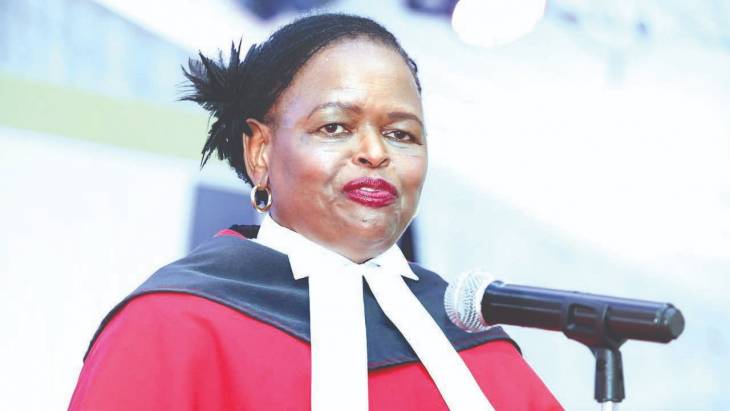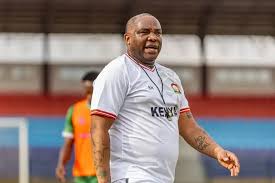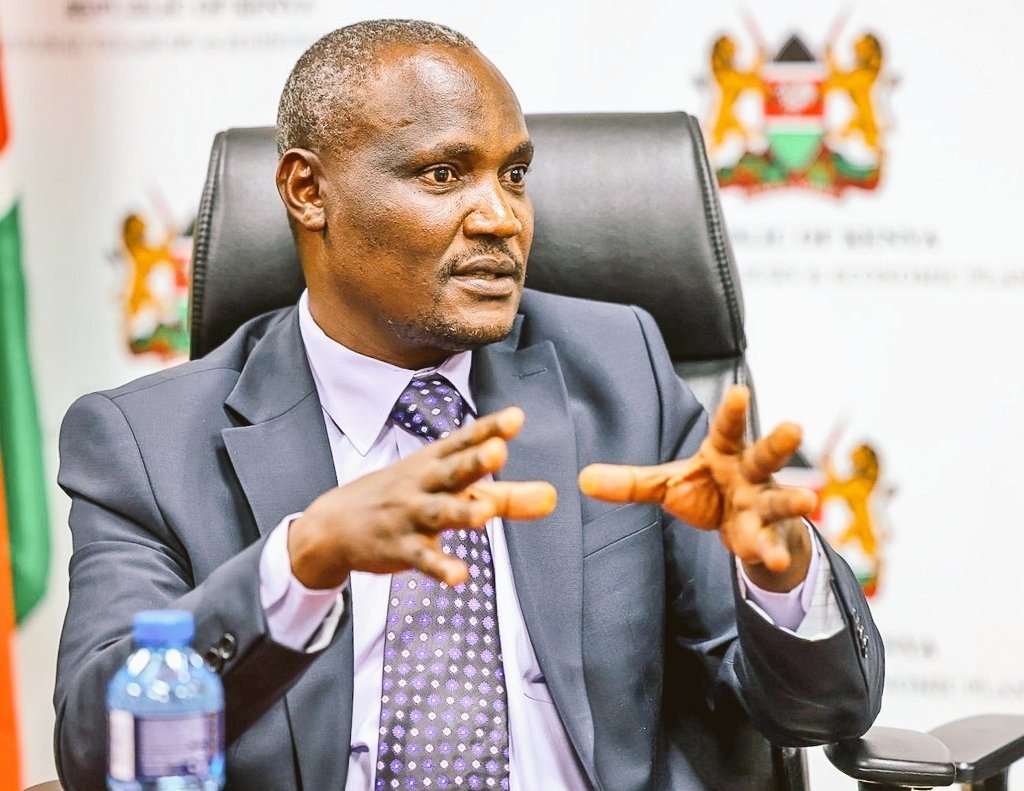Chief Justice should clean up the Judiciary

The Achilles Heel in the Kenyan Judiciary today is corruption. It is a common refrain among Kenyans that too many times, justice in the courts is for sale.
The recommendation by a tribunal appointed to probe High Court judge, Said Chitembwe, that he should be sacked for taking bribes simply confirms to Kenyans what they knew all along; there are judges and magistrates on the take, and will rule in favour of the highest bidder.
What is an even more shocking lapse on the part of the prefect of judicial officers, the Judiciary Service Commission (JSC), is that Justice Chitembwe actually came to within a whisker of the critical seat of Chief Justice, having been shortlisted and interviewed. One shudders to think what the courts would have been turned into had he emerged victorious at the interview. The system is clearly broken.
If Chief Justice Martha Koome is looking for a legacy, she needs look no further. Integrity in the Judiciary is the only thing she will be remembered for if she cracks this. The converse, of course, is true. If she presides over a Judiciary which people have little respect for because of corruption, then that will be her legacy.
There are too many integrity issues hanging over the Judiciary, from the lowest to the highest courts in the land. Unless the CJ does something about them, they are not going anywhere, unfortunately.
The challenge of integrity in the Judiciary is a hard nut to crack. There have been two radical surgeries.
The first was in 2003 when President Mwai Kibaki swept into office on an anti-corruption platform. The second time was after the promulgation of the new Constitution in 2010, which provided that all judges serving before then were to be vetted.
Both these initiatives seem to have achieved only temporary, and limited, impact in cauterising corruption.
The CJ must try a new approach. She has to clean the Augean stables of the Judiciary.
First she has to find out why the other two initiatives to deal with corruption in the Judiciary did not stem the problem. Indeed, the sums that have been bandied around as having been given to judicial officers since then are mindboggling.
Second, its time to suspend all judicial officers who are having integrity issues hanging over them. It is incredible that there are sitting judges who actually have active court cases against them. Yet they continue to preside over cases and “dispense justice.” Again, something is very broken somewhere.
And if such judges do not want to step aside on their own, they must be pushed aside.
Thirdly, institute a robust public complaints mechanism, both open as well as anonymous. This system should have a robust investigative capacity which allows the JSC to make certain determinations- like the nature of action JSC needs to take to address the complaint.
The JSC must also be more forthcoming with the nature of complaints it has received and is investigating.
All these actions presume, of course, that CJ Koome has the requisite stomach for the bare knuckle combat that is a must if she is to rescue the Judiciary and clean it up. She can take it as a given that the targeted judicial officers will neither go quietly, nor roll over and die.
CJ Koome has presided over the hearing and rulings of some of the toughest cases to have been brought before the Judiciary in recent years, where the team she led acquitted itself very honourably.
She needs to be equally as stoic in the task of midwifing a new Judiciary from the ashes of the existing one that is clearly not fit for purposes. She will require all the gas in her tank to undertake this task. Is she ready to step on the gas pedal?
— gathukara@gmail.com












